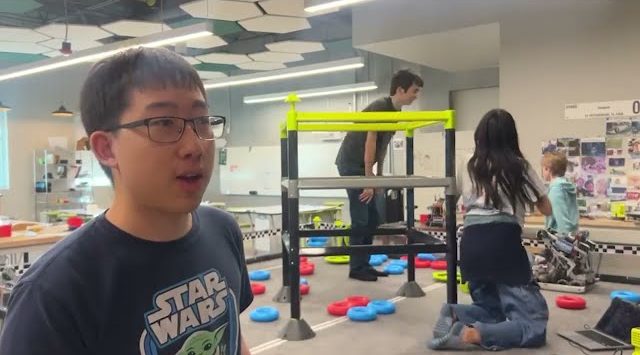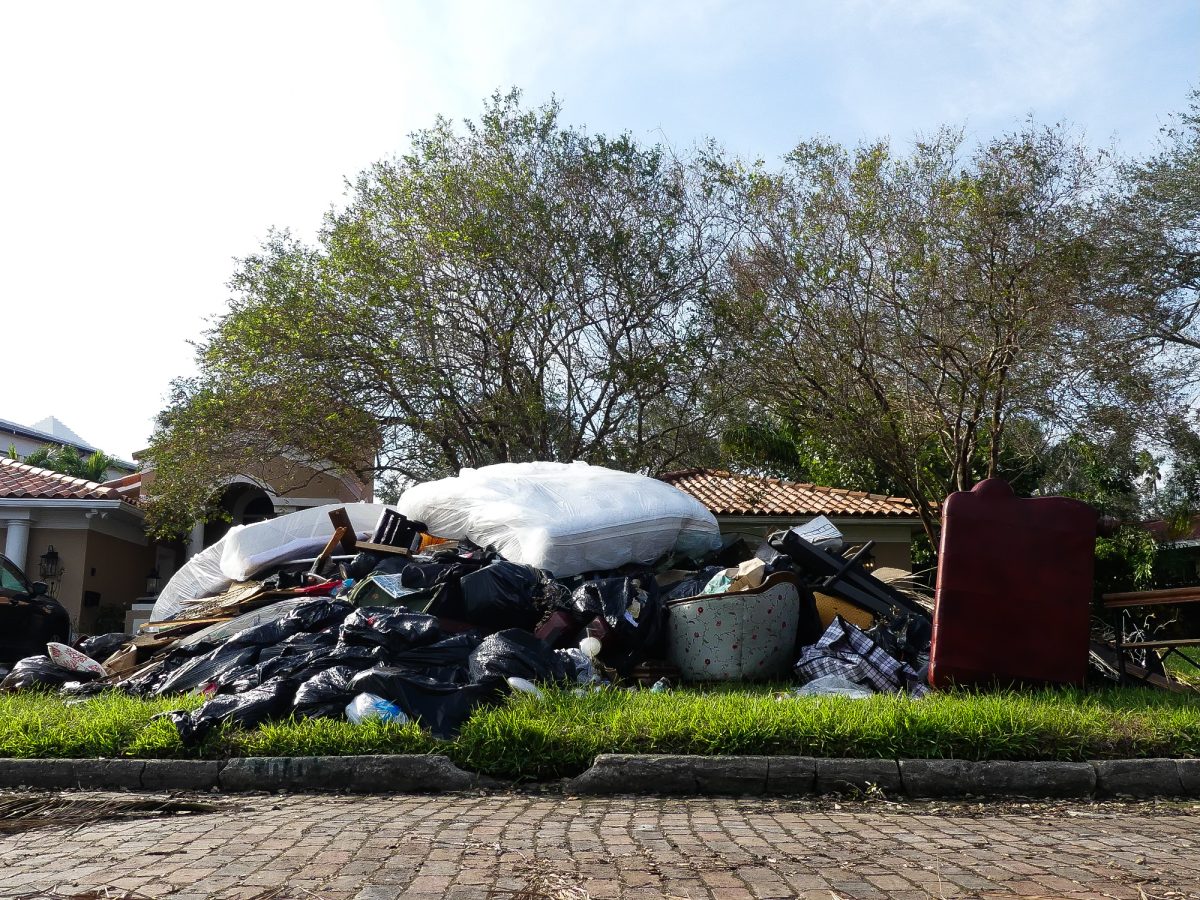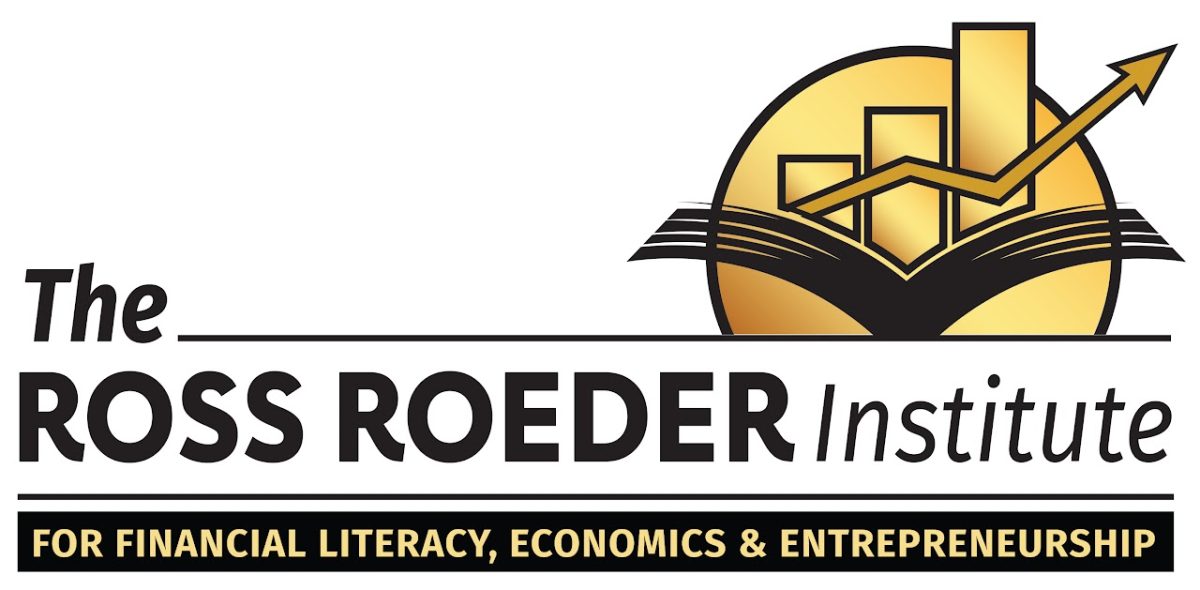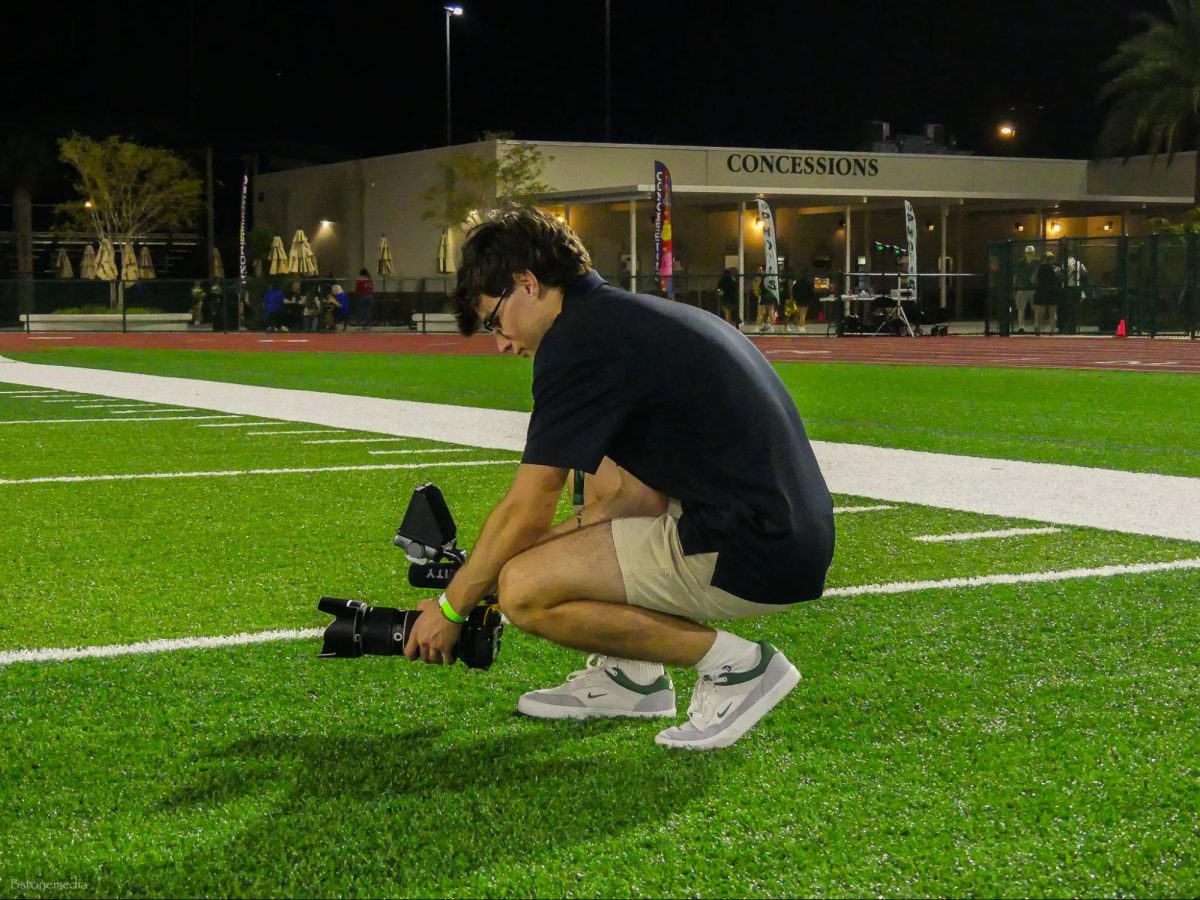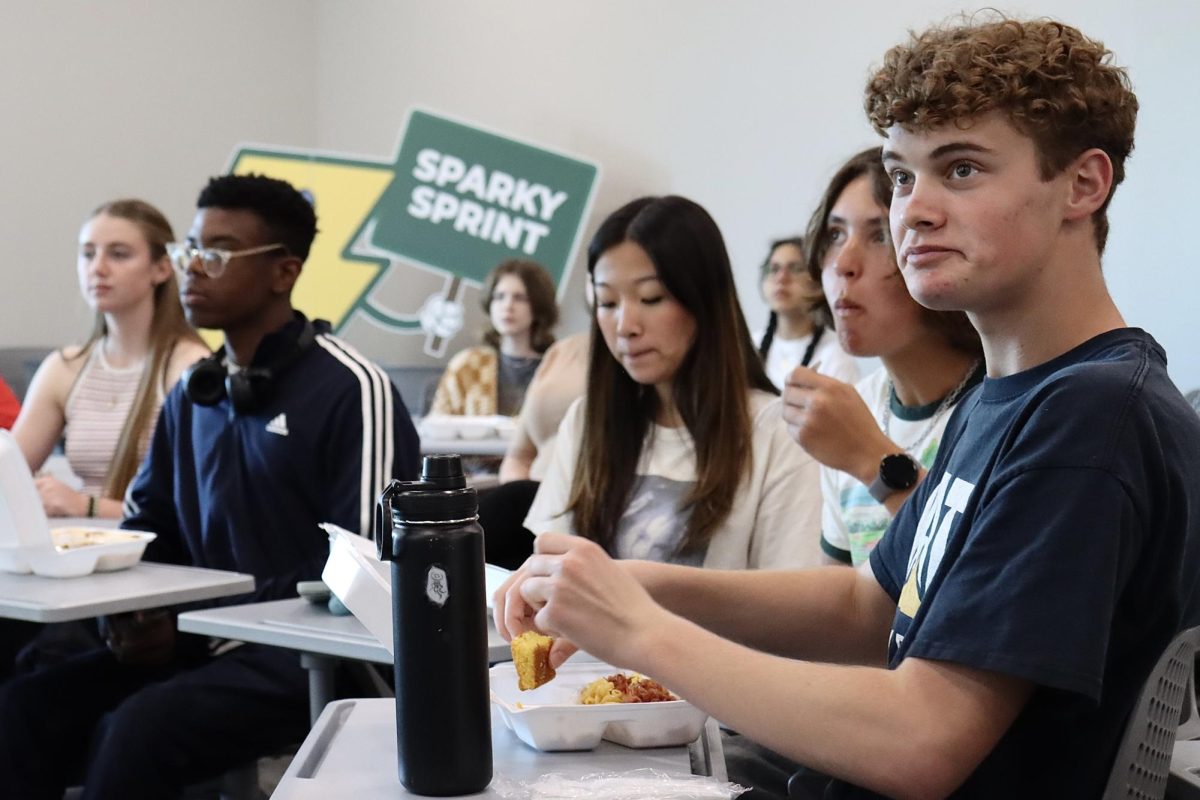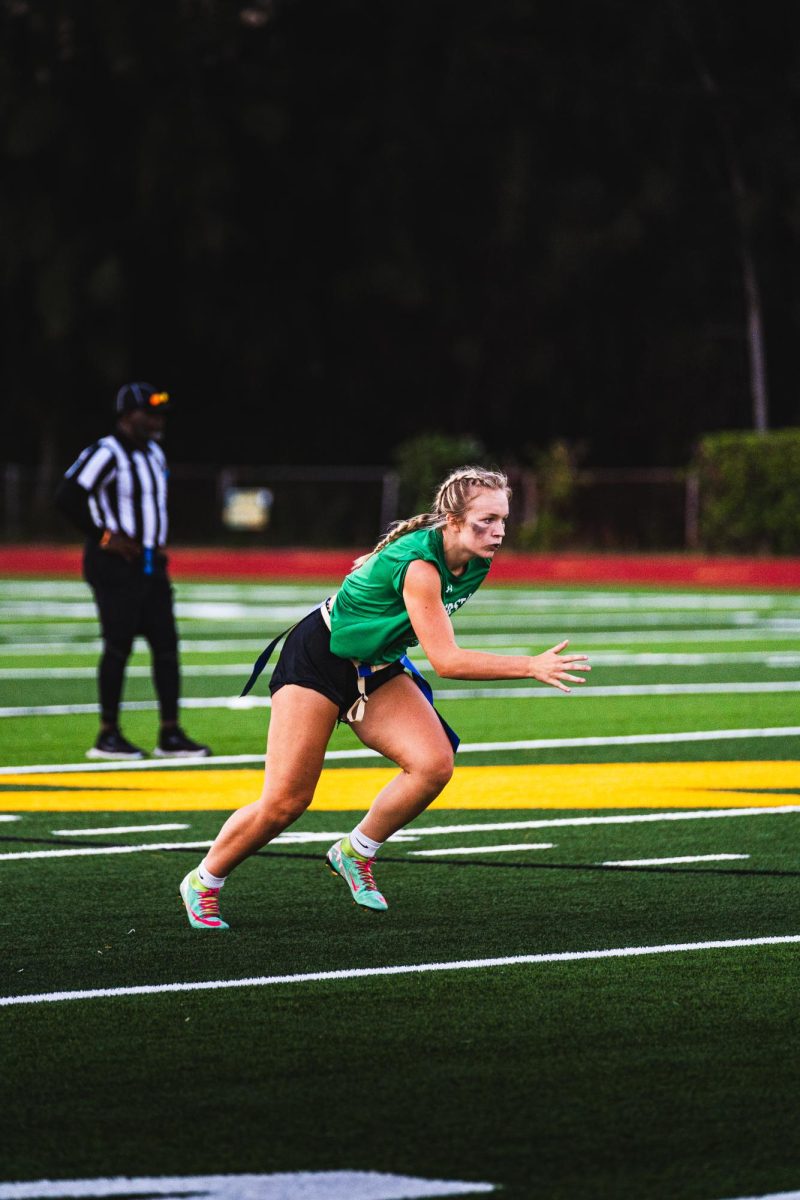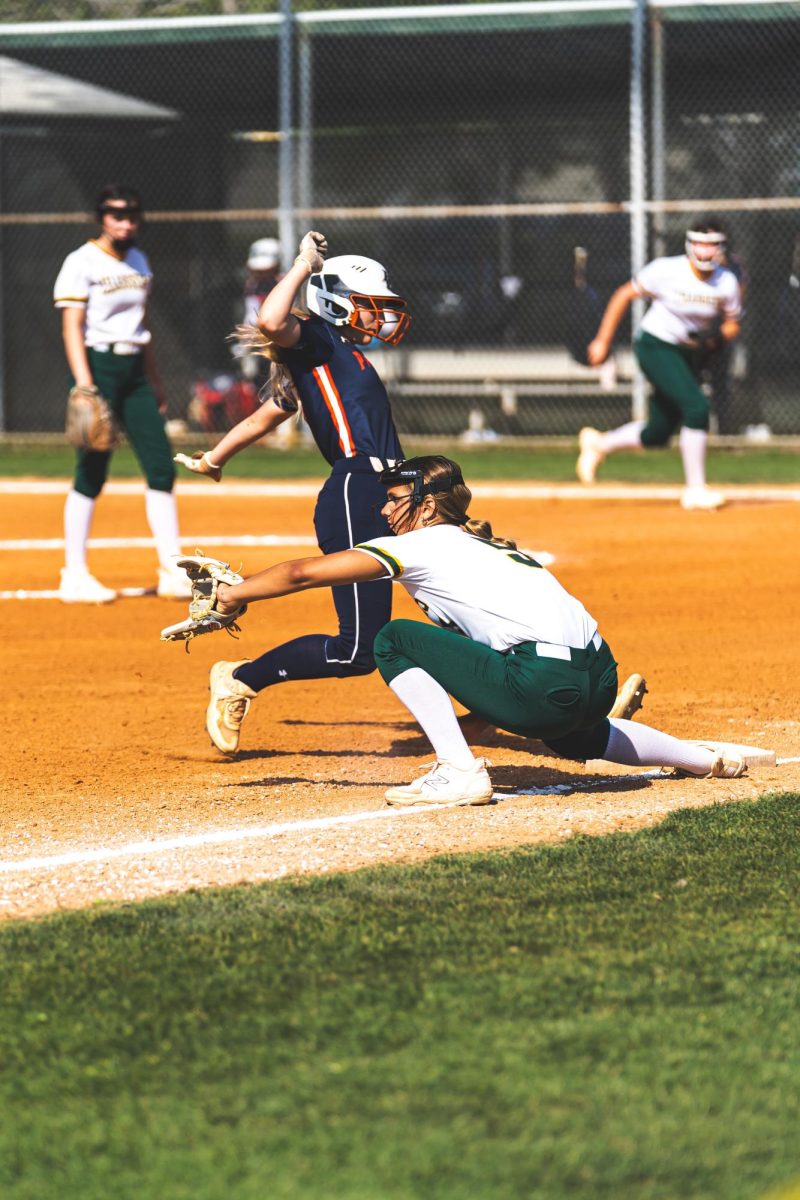This article has been subject to prior review by administration.
Every four years, as the nation prepares for its presidential election, Shorecrest Middle School students embark on their own electoral journey. A 7th-grade election project, led by 7th Grade Social Studies Teacher David Hodgson, teaches students far more than the basics of campaigning. It equips them with valuable life skills they can carry well beyond the classroom.
Hodgson, who joined the Shorecrest Community in 2002, has conducted the election project every election year since he arrived. “I thought it would be a cool lesson to help seventh graders learn about the process, the Electoral College, and how presidents are elected,” he said. The project allows students to form campaign teams, create budgets, and run mock elections, offering a hands-on approach to learning about political strategy.
The project’s foundation—teaching about the Electoral College and the election process—has remained consistent. However, Hodgson continuously updates the project to reflect current events. “Every four years, I add new ways for students to spend their campaign budgets,” he said. The latest addition is using influencer endorsements to simulate how modern campaigns operate.
Hodgson tasks students with various responsibilities throughout the project. They begin by forming campaigns and selecting their fictional running mates, mirroring real political campaigns. Each student must write a detailed rationale, outlining their key points and strategies for why they should be elected.
To manage their campaign finances, students create spreadsheets to organize their expenditures. Additionally, students create fake social media tweets and other digital content, learning to navigate the modern campaign landscape and understand the impact of social media on politics.
“They have to think critically about where to spend their money to maximize their impact,” said Hodgson. “It’s all about making strategic choices and understanding the value of different campaign tools.”
Beyond the mechanics of winning an election, Hodgson focuses on equipping students with essential life skills. “Planning, using a spreadsheet, budgeting—these are all things they’ll need throughout their lives,” he said. They must choose wisely where to invest their limited resources. “I want them to use their creativity,” said Hodgson. “How are they going to spend their money to win the White House?”
Junior Mila Bianco, who participated in the project four years ago, shared her insights on the project. “I loved how hands-on the project was. One thing I remember and enjoyed was creating posters for our campaign. It felt great to be creative and think about what would catch people’s attention.”
She particularly enjoyed the aspect of addressing real issues, saying, “I liked how we chose real problems and incorporated them into our campaigns. It made everything feel more relevant and important.”
Bianco also noted how the project changed her understanding of elections, saying, “Before this, I didn’t know much about how elections worked. This project taught me more about the process.”
Hodgson recalled how a former student, Jonathan Currie ’21, became involved in volunteering for the Democratic Party in 8th grade after participating in the project. “It sparked his interest,” said Hodgson, noting that Currie continued his involvement through high school. The project has not only helped students learn about politics but has also inspired civic engagement at a young age.
Students also follow real-time candidates in the current presidential race, further connecting classroom lessons to the real world. This year, they have access to resources like The New York Times and Tampa Bay Times, where they track where each candidate is campaigning and how they are allocating their time and money. This real-world application is at the heart of what Hodgson envisions for the project. “I want to get them interested in the election process and government,” he said.

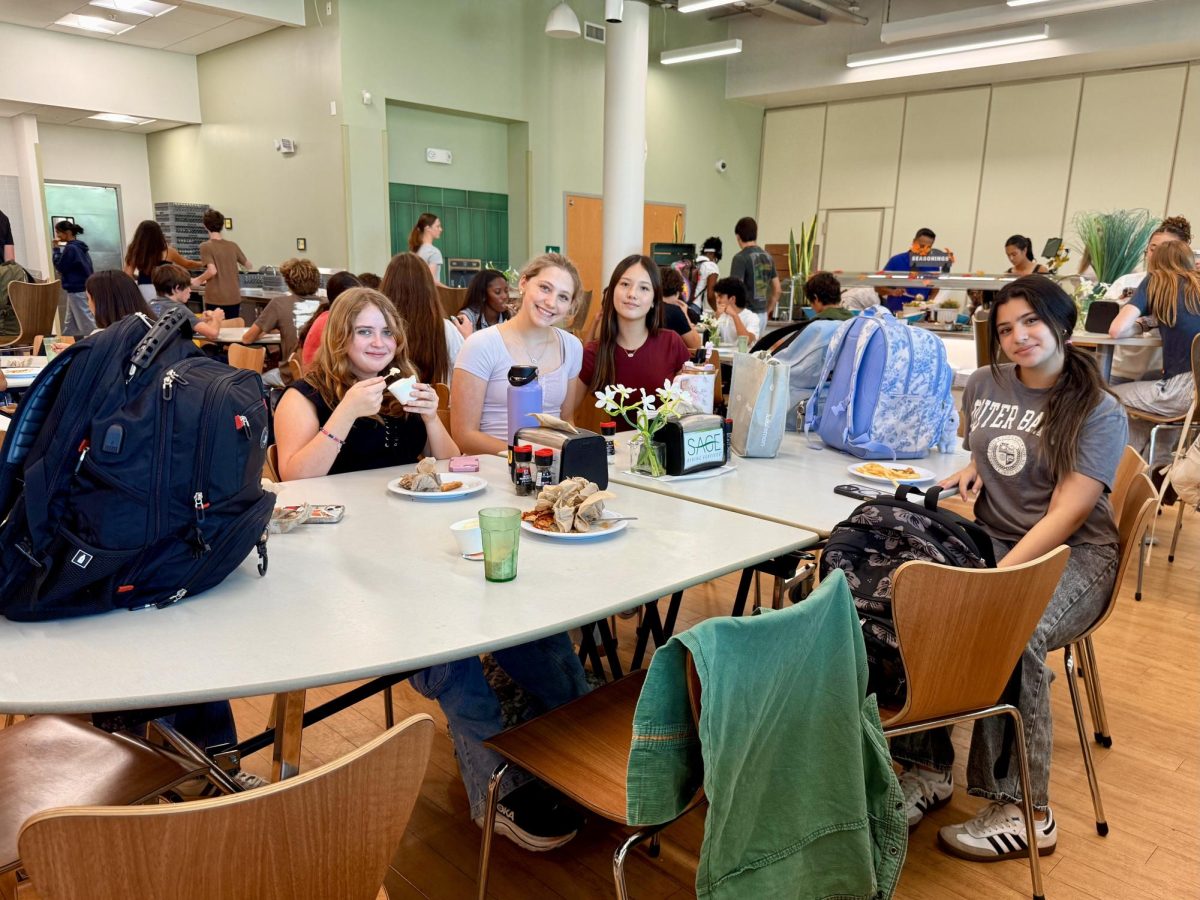


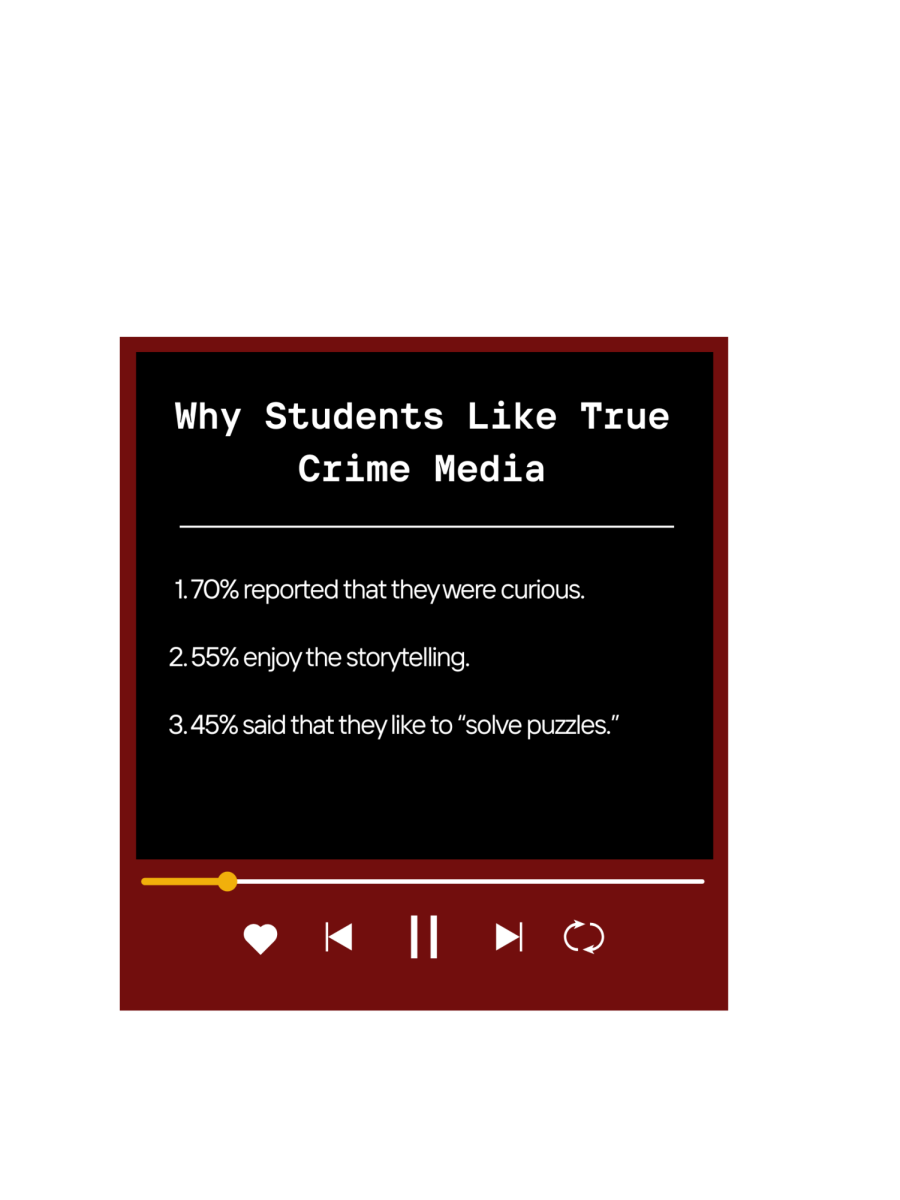
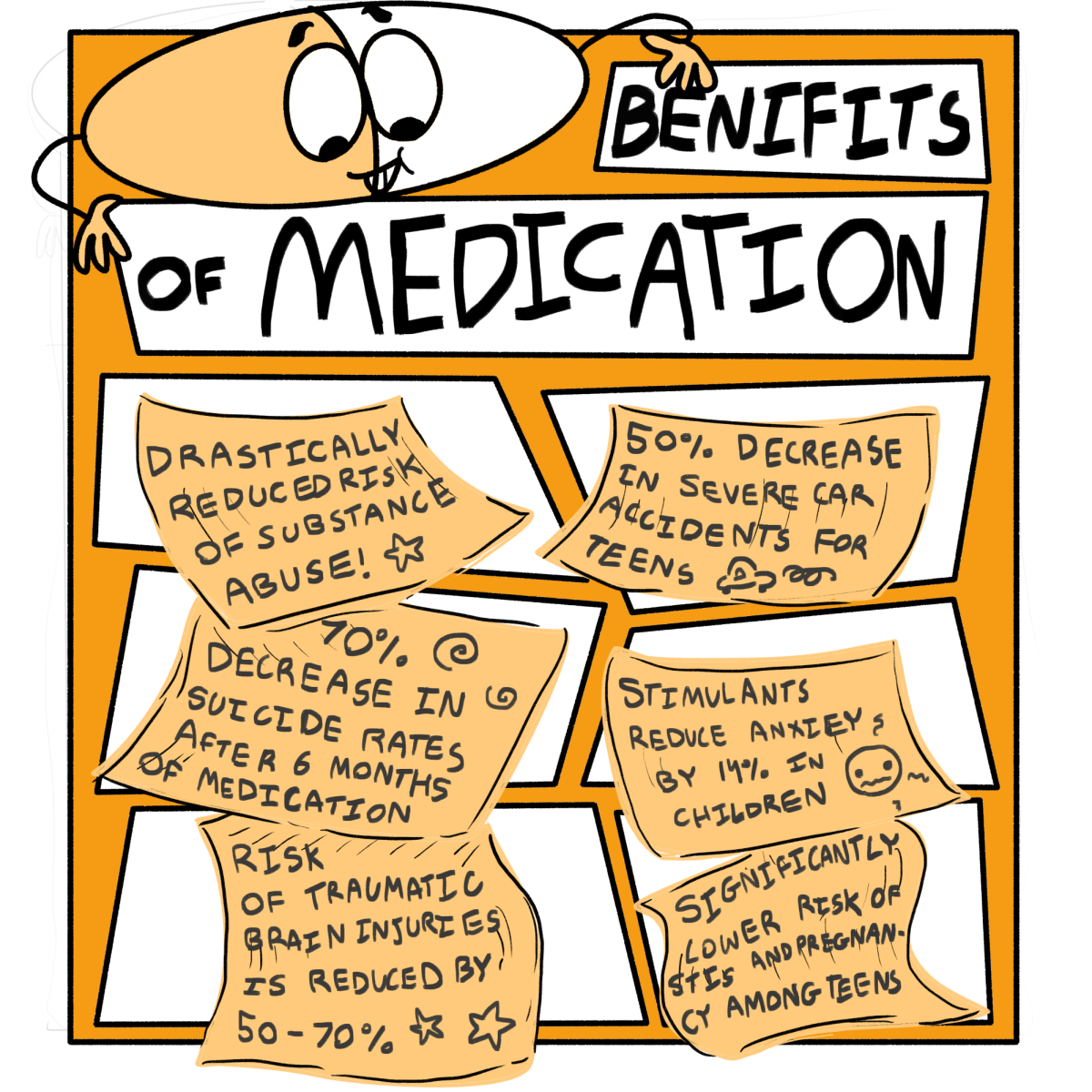

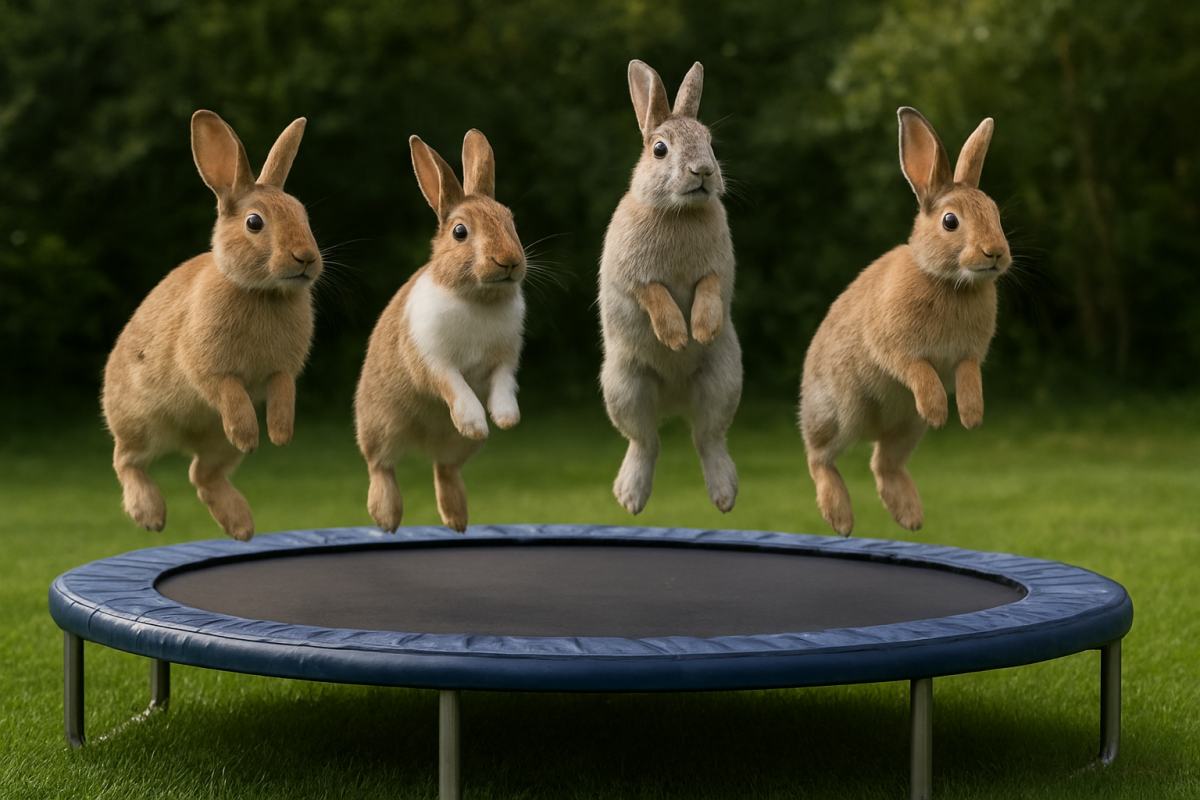
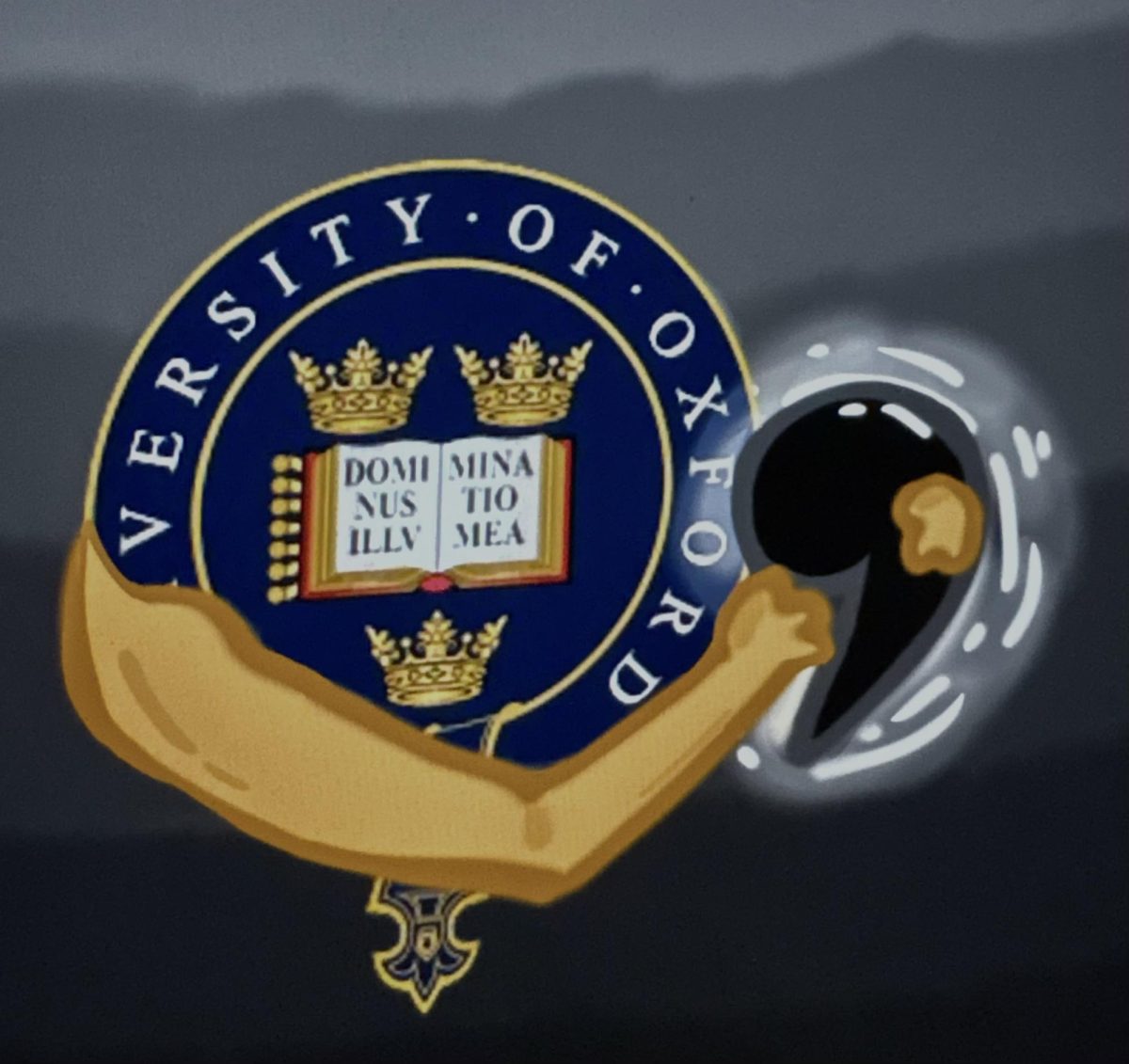


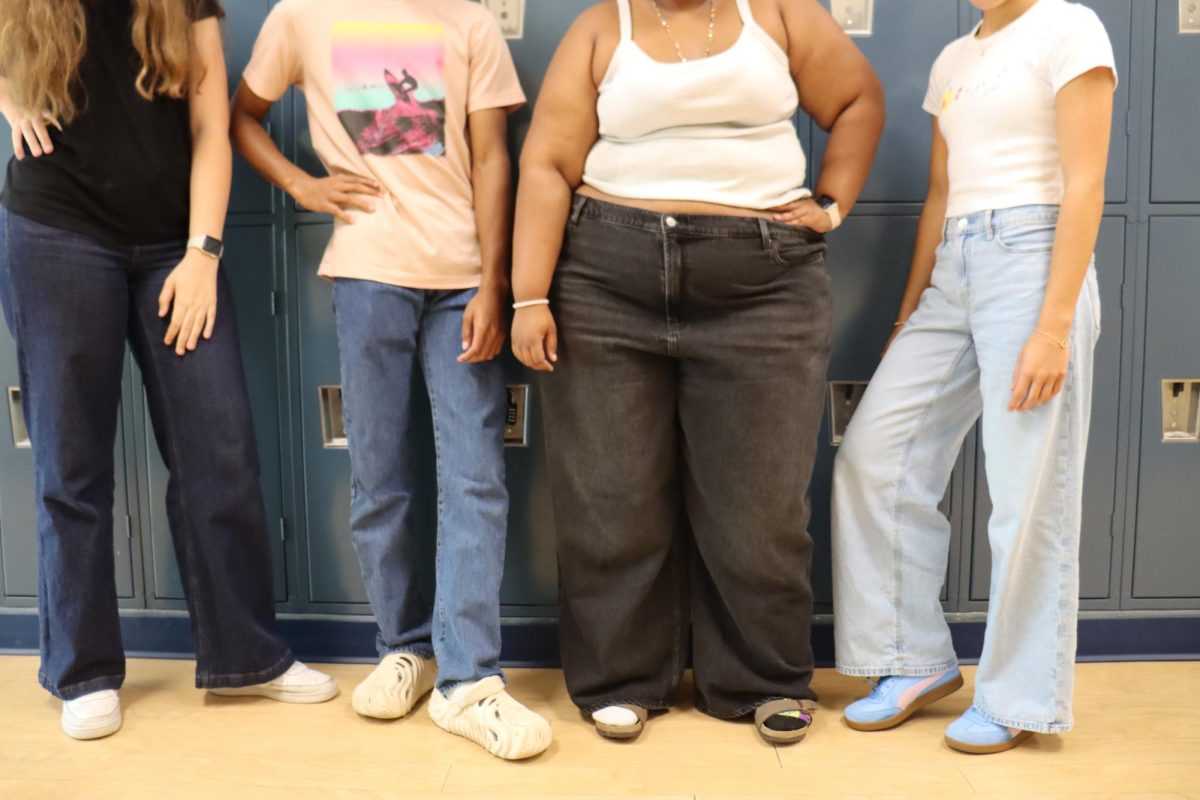
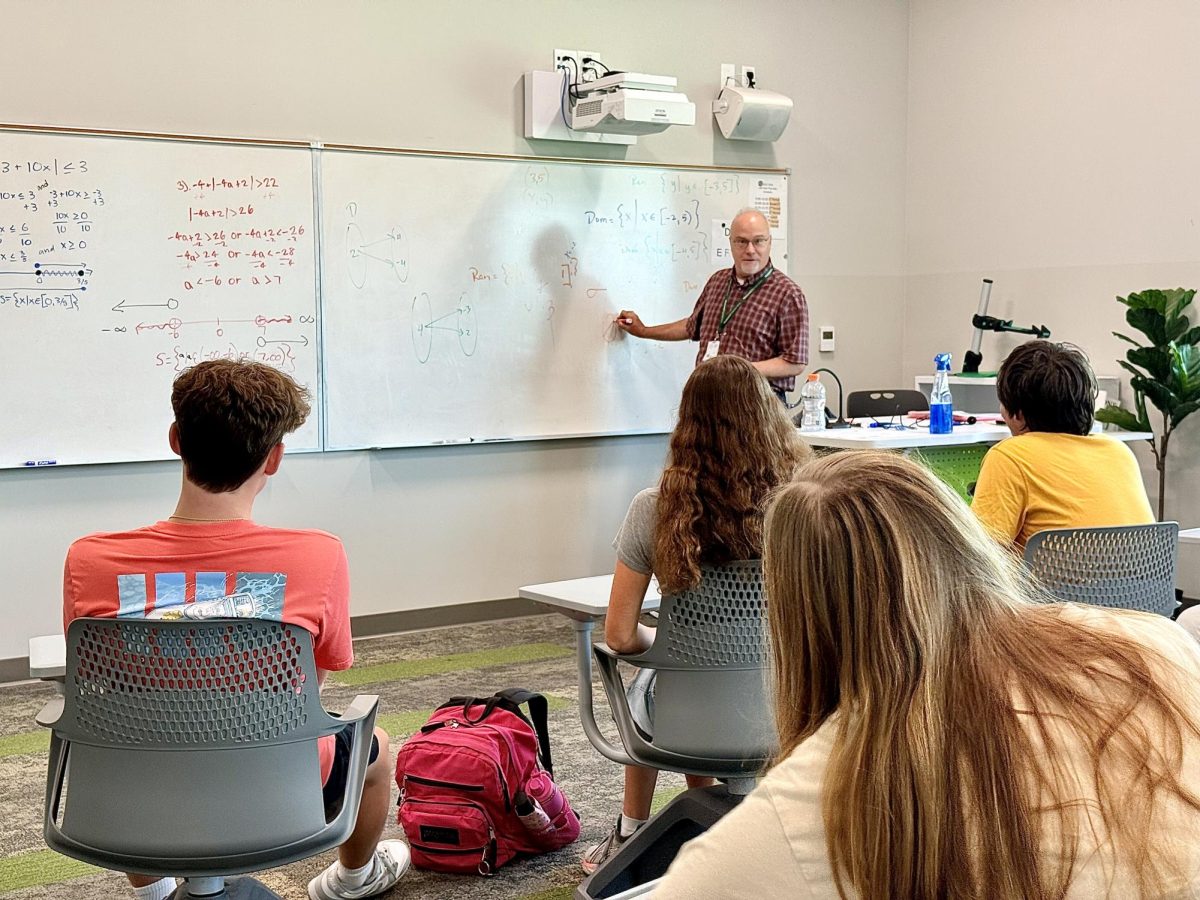


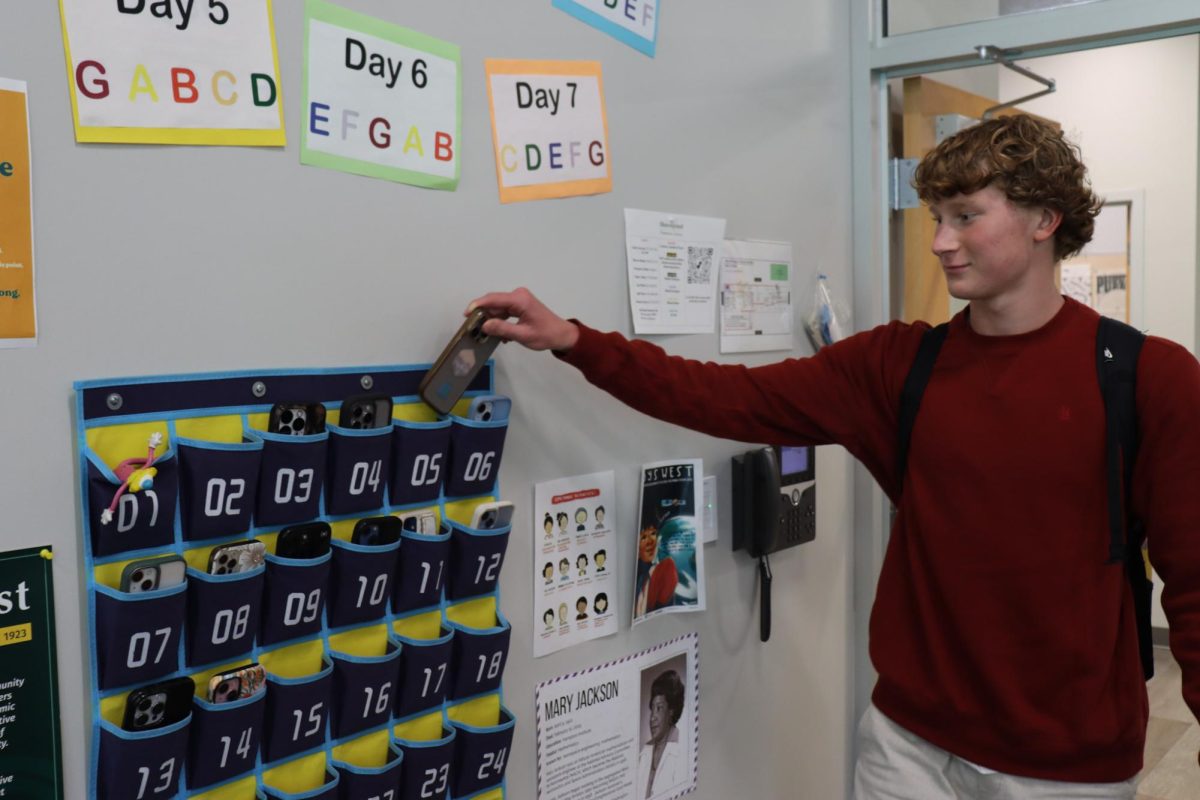
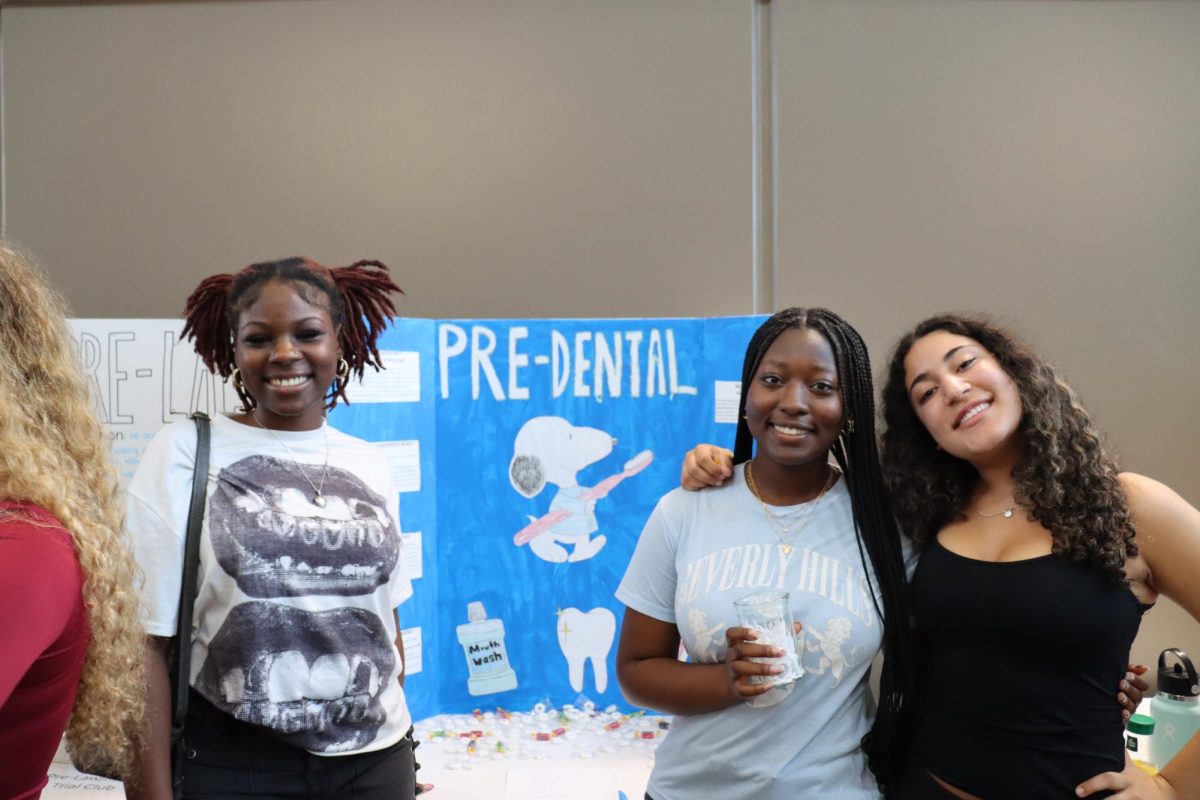
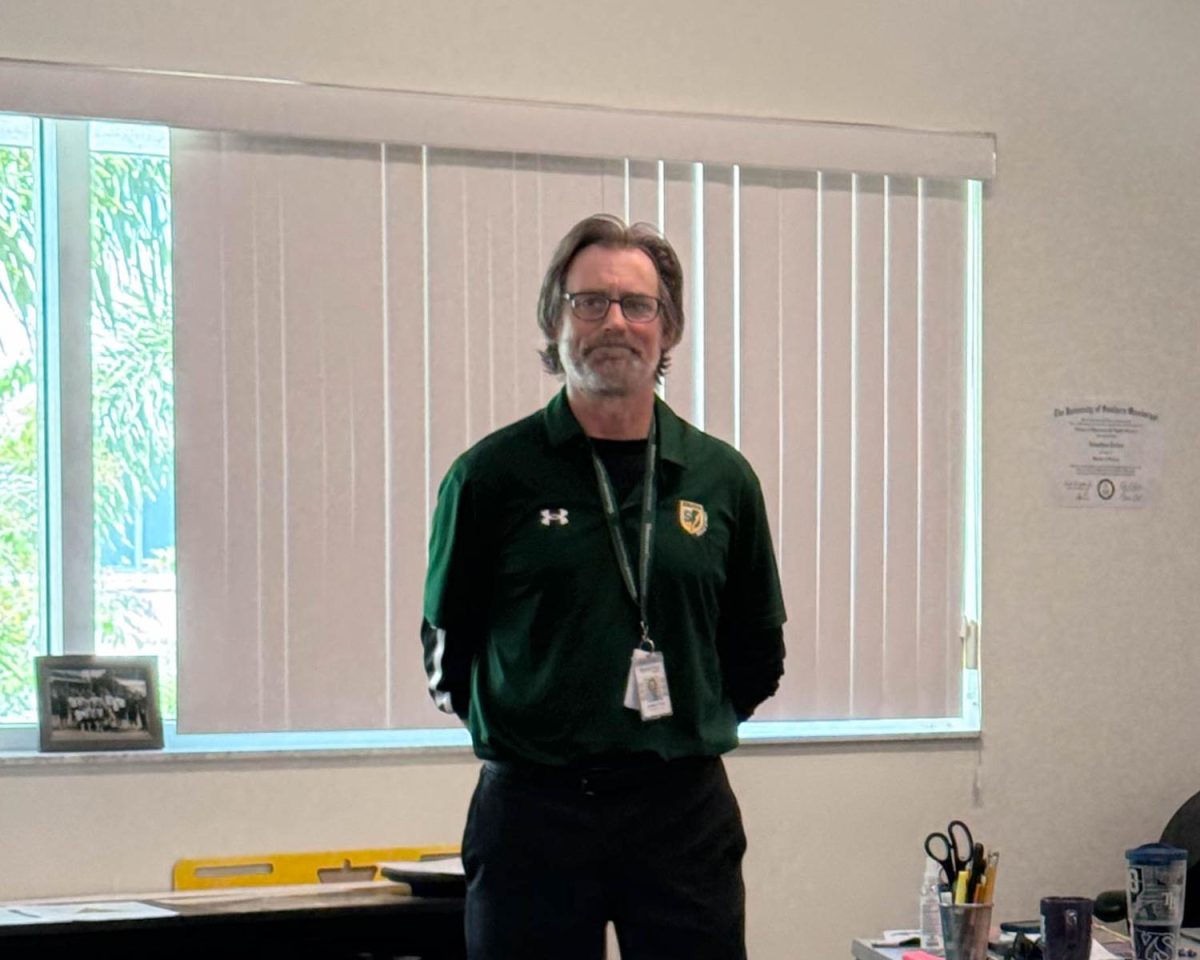
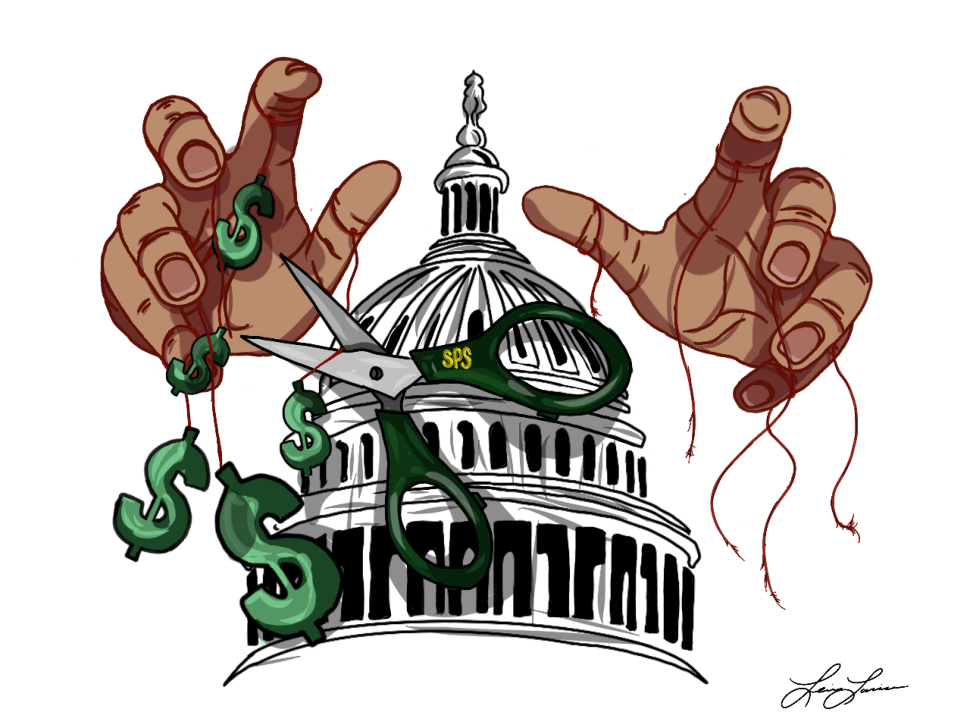
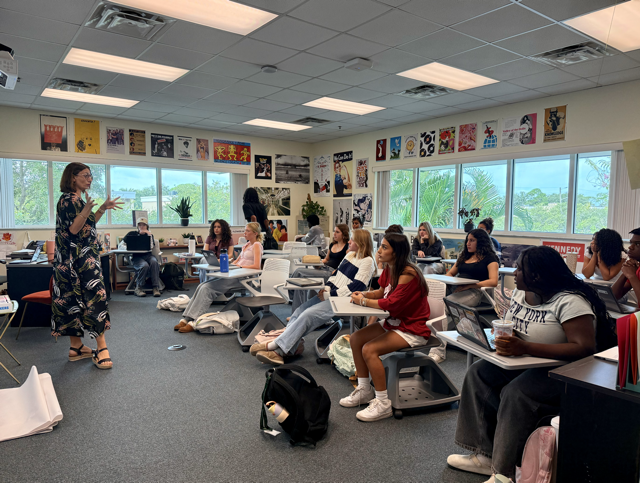

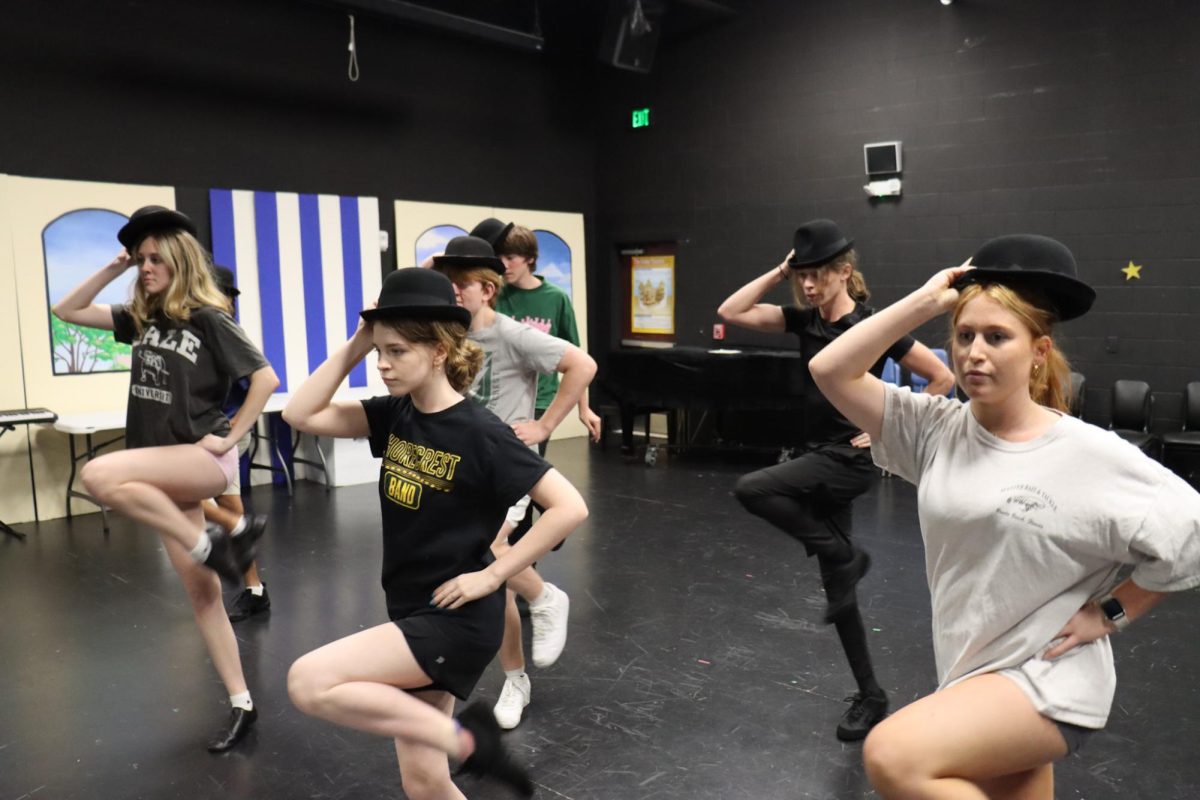
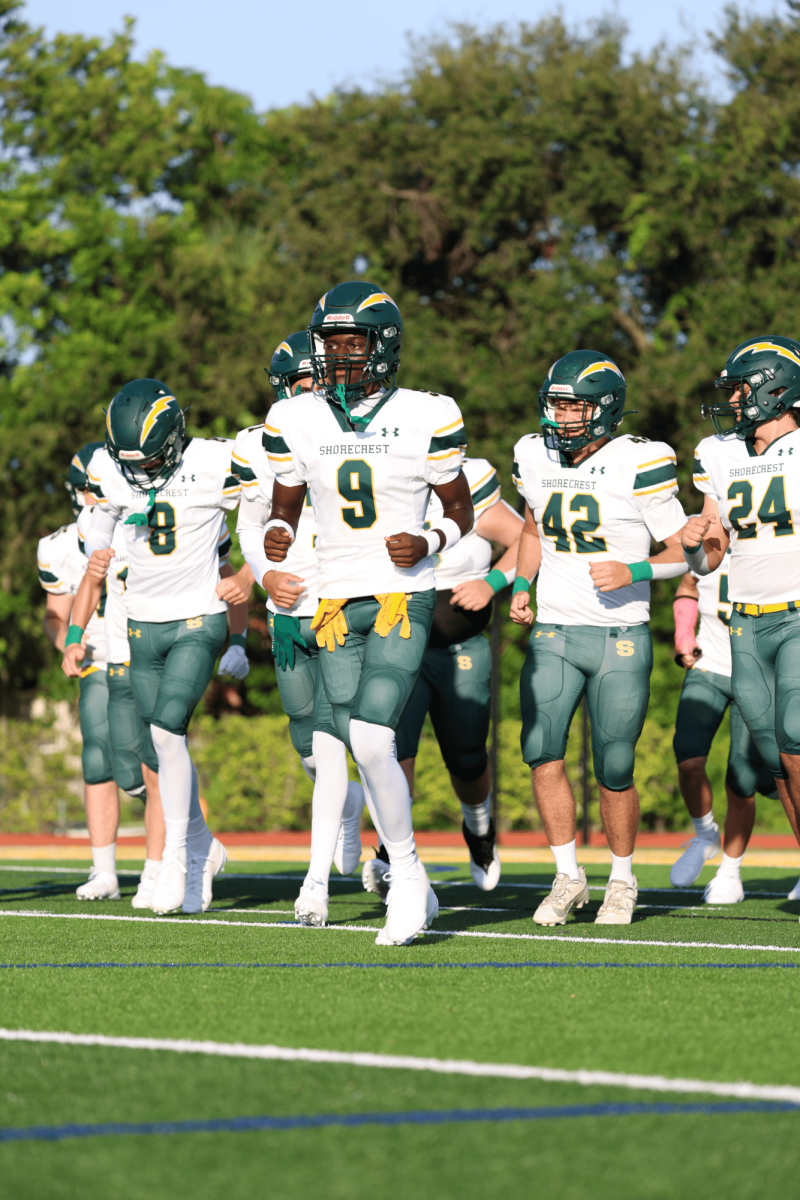


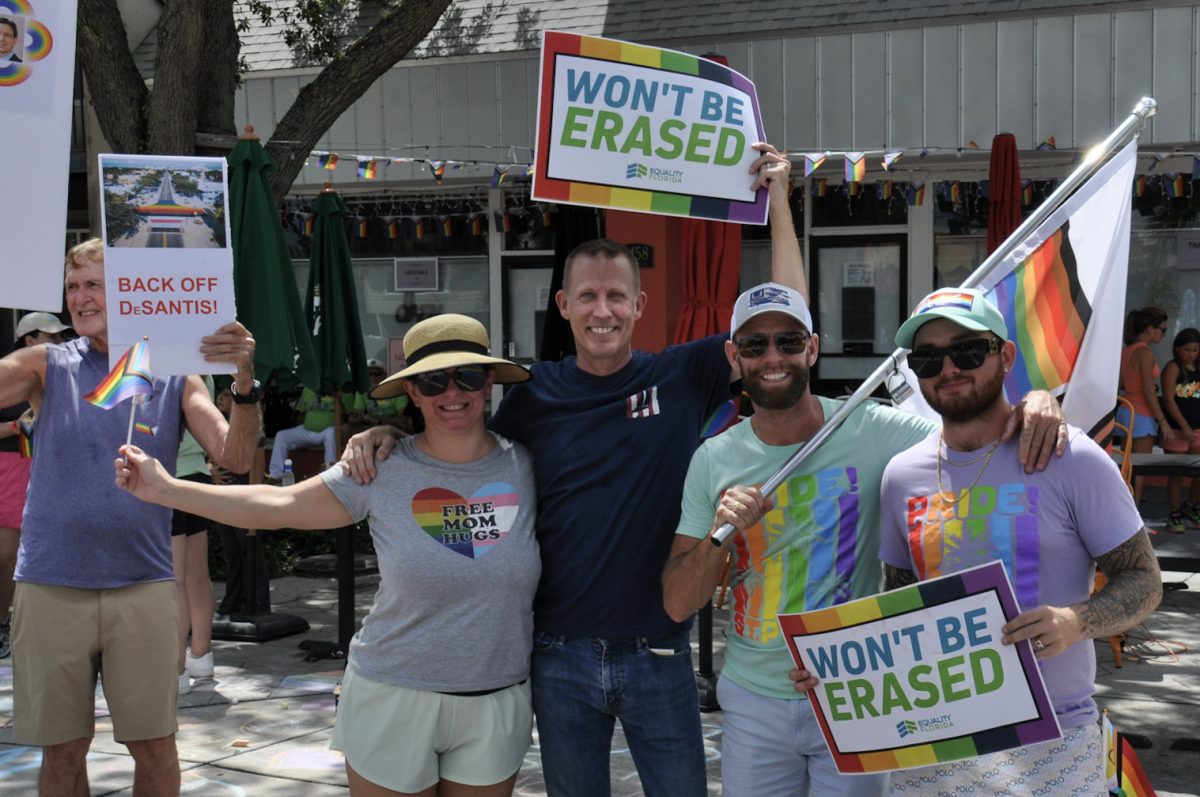
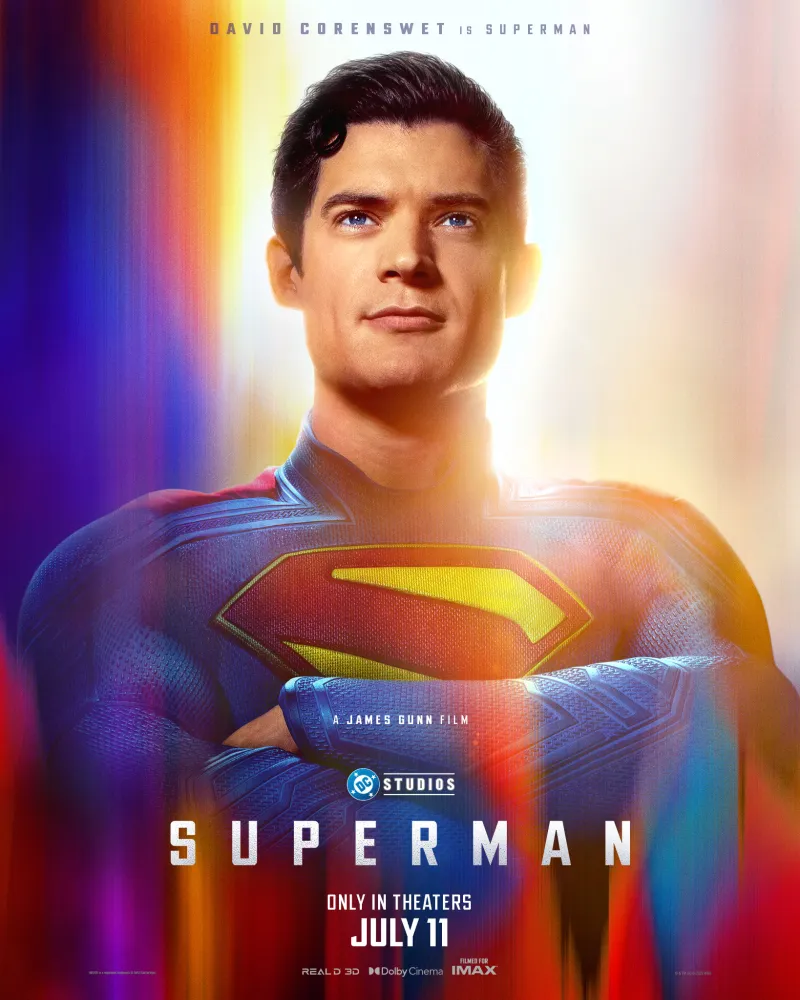
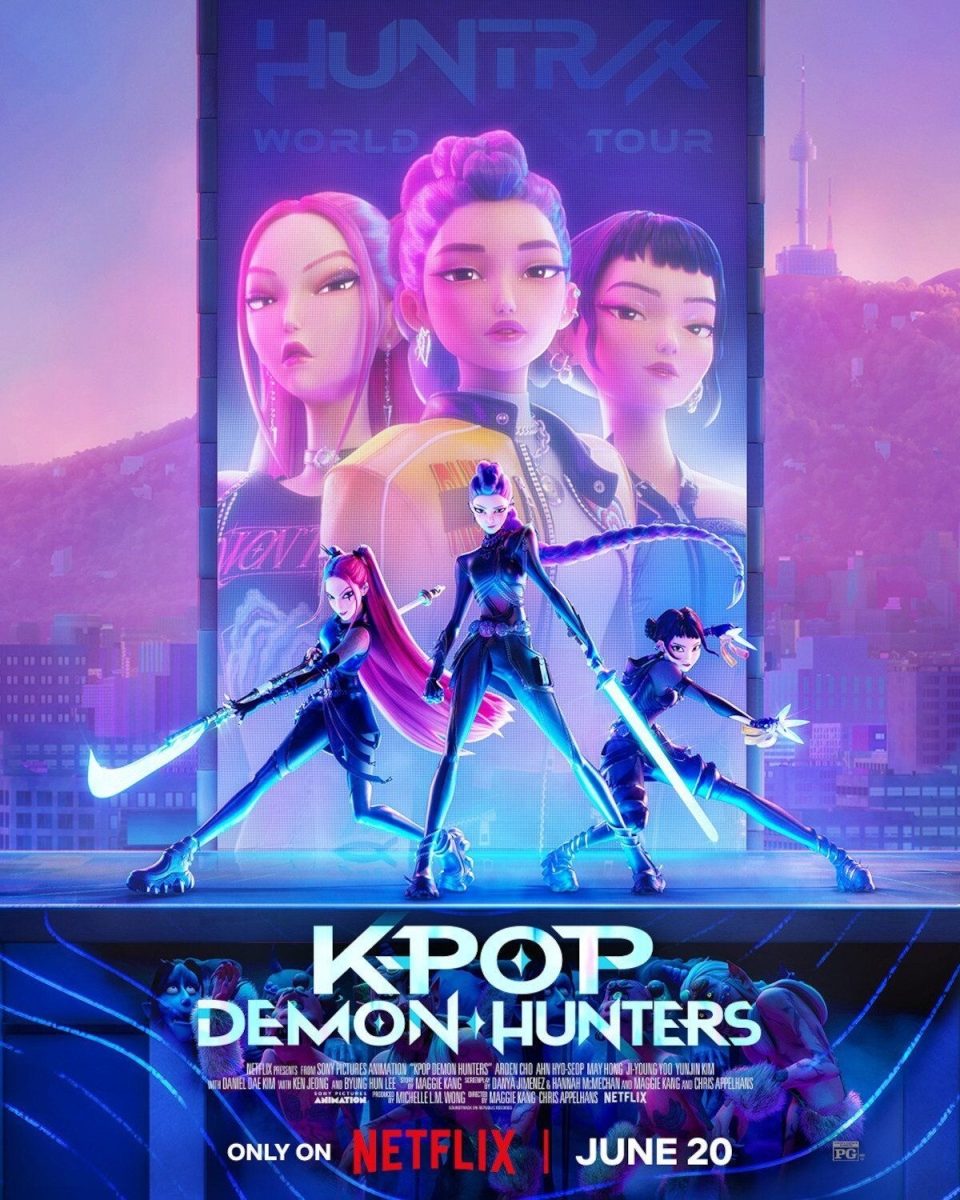


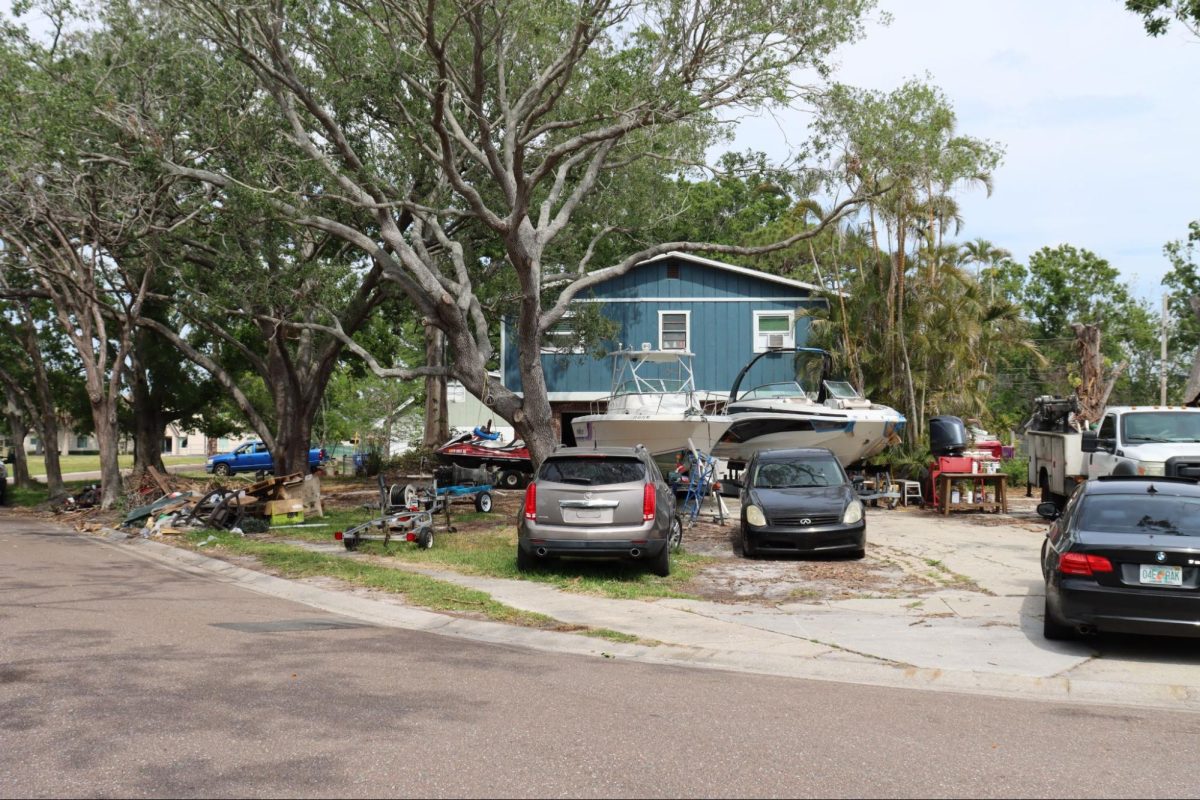
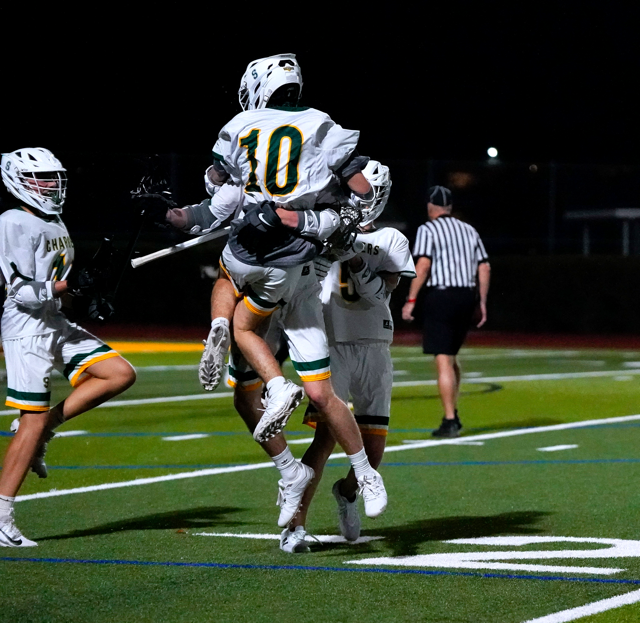
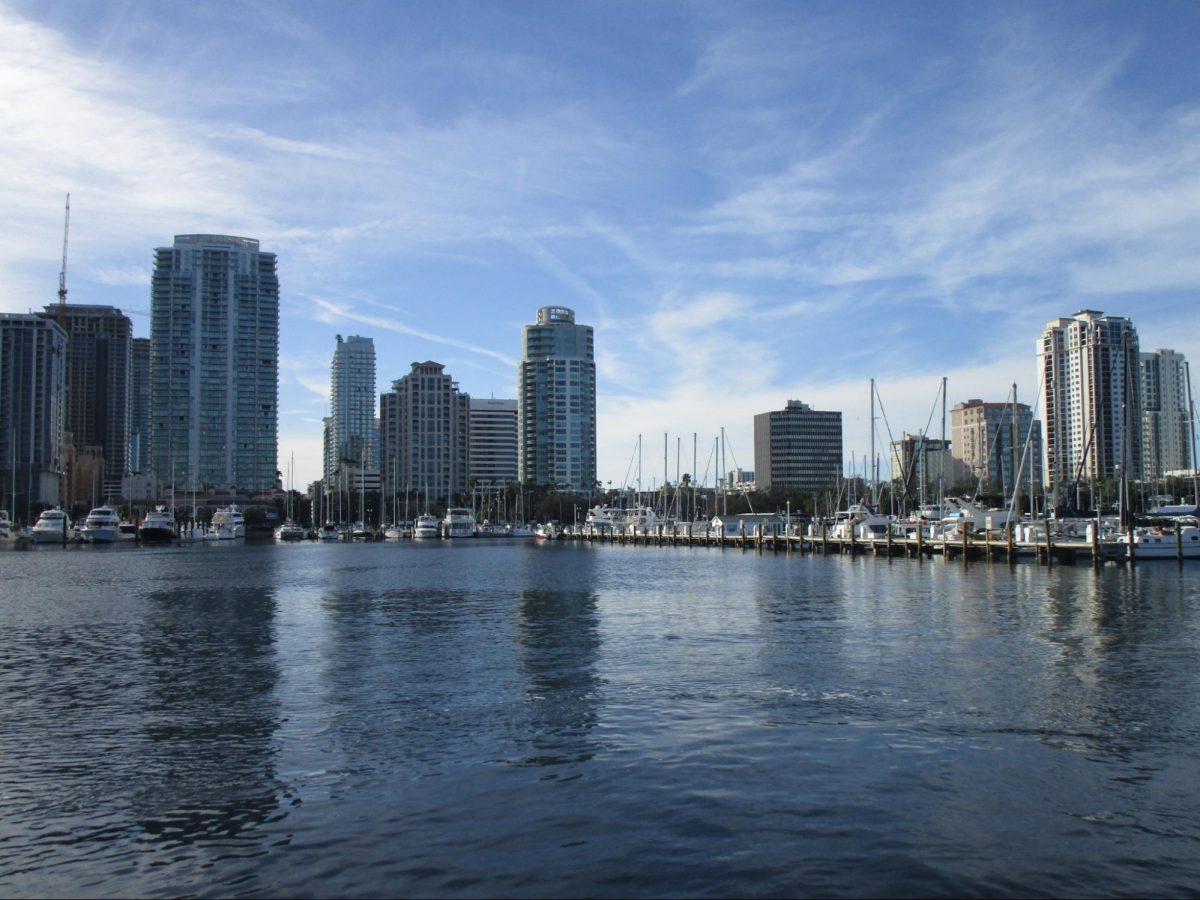
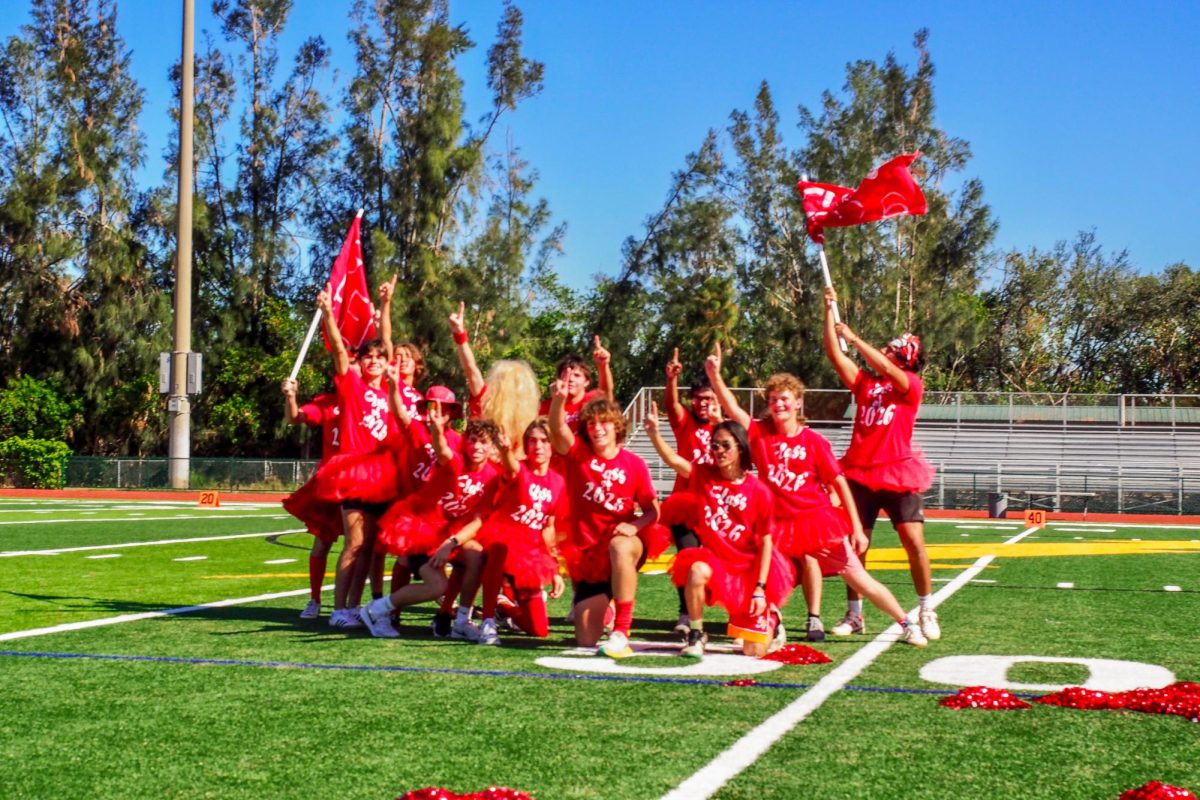
![Thespians pose on a staircase at the District IV Thespian Festival. [Front to back] Luca Baker, Maddison Cirino, Tanyiah Ellison, Alex Lewis, Summer Farkas, Jill Marcus, Ella Mathews, Sanjay Sinha, Isabella Jank, Sofia Lee, Boston Littlepage-Santana, Sally Keane, Tyler Biggar, Tanner Johnson, Jasper Hallock-Wishner, Remy de Paris, Alex Jank, Kaelie Dieter, and Daniel Cooper. Photo by Michael McCarthy.](https://spschronicle.org/wp-content/uploads/2024/12/image1-900x1200.jpg)
